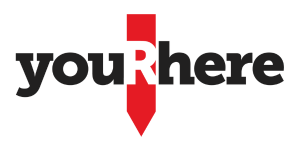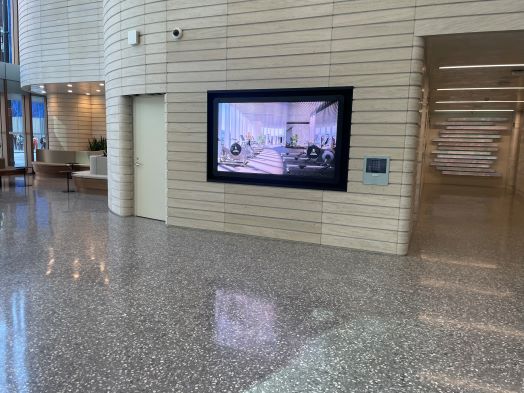Digital Information Hubs, often called digital directories, are becoming more and more accepted as an essential amenity in today’s buildings. However, impeding even broader adoption into new and older buildings alike are three widely held misconceptions:
- The first focuses on their purpose and is ultimately embedded in the commonly used name ‘digital directories.’ Twenty years ago, when small 17 – 27” screens began appearing in Canada’s building lobbies displaying alphabetized tenant listings, this may have been somewhat accurate. Today, content is typically displayed on much larger 43 – 55” screen sizes, and has developed to provide virtual concierge functions, able to communicate essential information about the building and its surroundings to visitors, tenants and staff alike. Their use has evolved to provide accessible information for those with disabilities, and additional language displays for those whose first language may not be English.
- The second misconception is that digital information hubs are prohibitively expensive when, in fact, they are surprisingly affordable. Commonly, information hubs sell to a property for a one-time cost of between $10,000 and $25,000 and then are maintained through a monthly fee covering costs such as software licensing, hardware warranty administration, content management, and service and support.
In calculating an annual cost of use, one needs to factor in several important considerations:
- The useful life of today’s high-quality screens and computers can reach or exceed 7 to 10 years.
- Screens can reduce or replace the cost of lobby desk personnel (and at the very least, enhance their productivity).
- Screens can replace the paper posters and stands which litter building lobbies and require management time to update.
- Digital information hubs can easily incorporate multimedia advertising, the cost of which can partially or even fully offset the monthly fees.
These considerations, plus a variety of leasing and other flexible financing options, puts the annual cost of digital information hubs well within the capital and/or operating budgets of most properties.
- The third and final misconception is that digital information hubs take up too much room, disrupt the flow of foot traffic in the lobby, or are not compatible with the architectural design elements desired for the property. youRhere believe these concerns can be overcome. By working hand-in-hand with design professionals to enhance the aesthetic of any building, misconception can turn into belief.
Below are a few examples of youRhere projects which illustrate solutions for common design concerns:
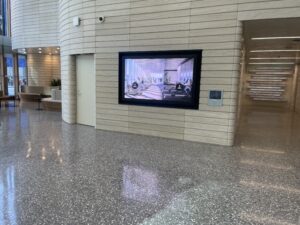 Maximize space efficiency – video wall with interactive panels. 320 Granville, Vancouver, BC. |
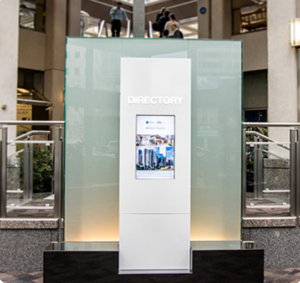 Make a statement with information hub – make it a centrepiece of the lobby. Intact Place, Slim Pylon and Glass, Calgary, AB |
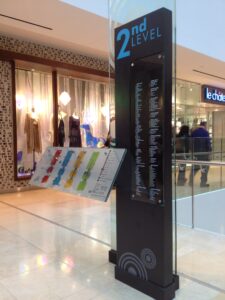 Example of directory before (physical signage), The Core, Calgary, AB |
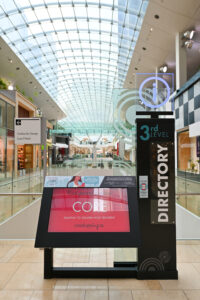 Example of directory after (digital has replaced physical), The Core, Calgary, AB |

Incorporate lobby design elements into information hub enclosure. 707 Fifth, Calgary, AB.
Interactive digital hubs provide a green, sustainable solution to educational communication requirements. Scot Martin is the CEO of youRhere, a leading provider of digital signage solutions for commercial, retail, healthcare, and educational properties across Canada. To learn more, visit www.yourhere.ca
